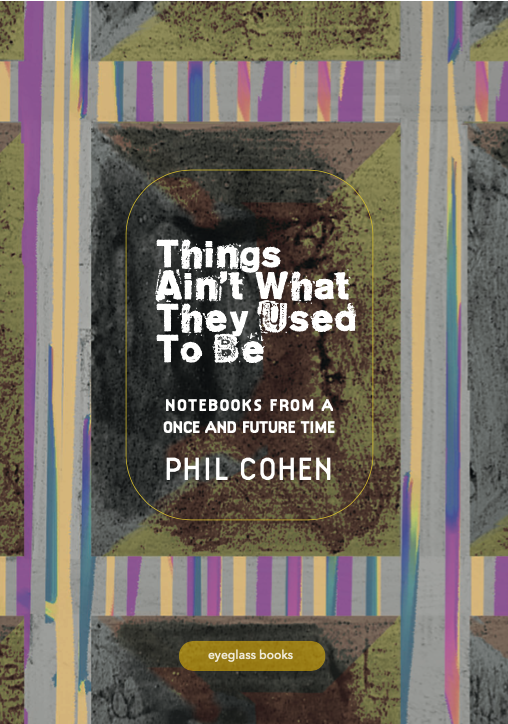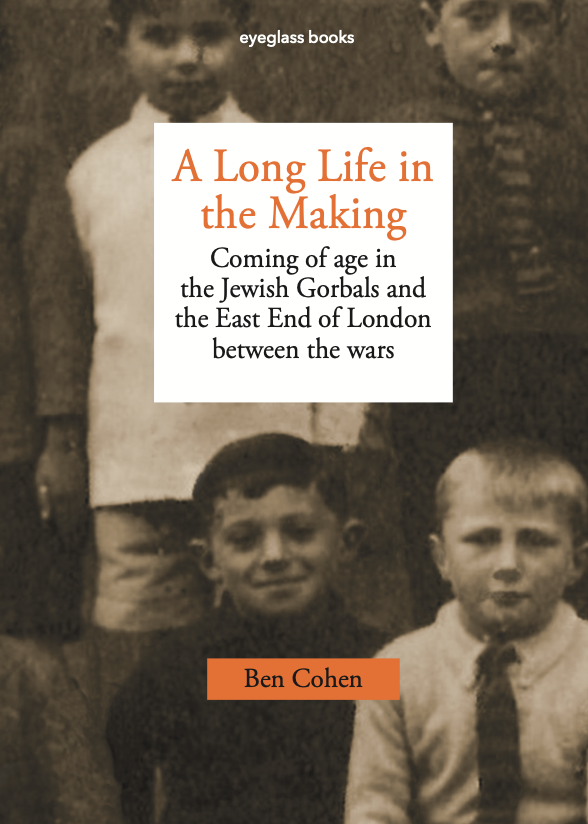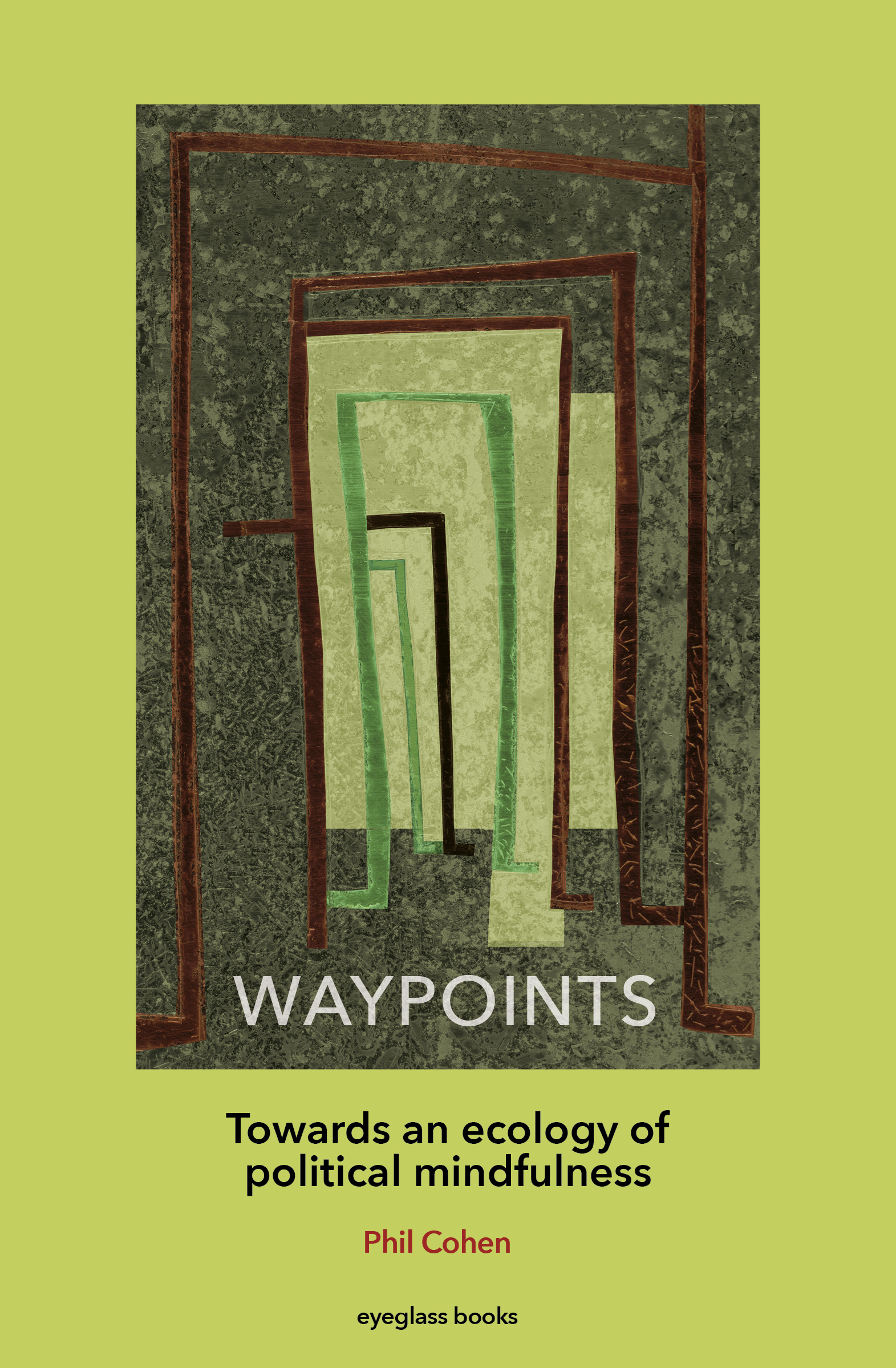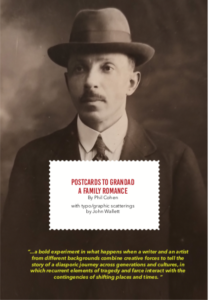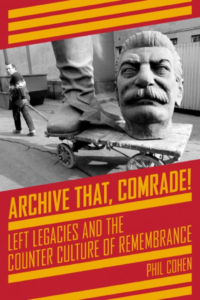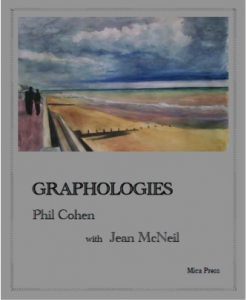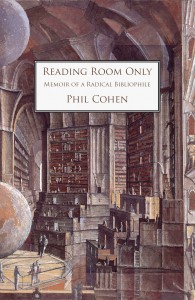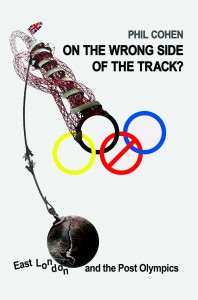Introduction
This is a re-post as my webmaster has set up a system whereby these newsletters will be posted as blogs so everyone on my friends and colleagues list will automatically get a notification. Apologies if you have read this before, although I have added a post script including some solutions that people sent in to the little thought puzzle that gives the title of the piece. I will also be posting more substantial blogs from time to time. If you would like friends or colleagues to get these newsletters and blogs,they can subscribe by going to the Newsletter section of the website.
LivingMaps
We concluded our 2014/5 seminar series with a critical overview of the issues the series had addressed thus far, a brilliant little film about a town in Kosovo where the maps no longer worked followed by a bit of a party. The series has been very successful in building a community of interest and engagement around key topics in critical cartography, bringing together academics, artists and activists. We also organised a series of special events, including a public lecture, a walkathon in Olympic Park, a workshop on community mapping in Hackney Wick and a screening of films about the new/old East End.
Next year we are going to change the formula slightly and each term plan to have a bloc of three events exploring the same topic, to ensure greater continuity and depth. We may adopt a lecture/discussant format for some of these sessions and also hope to include a practical ‘hands on’ workshop as part of the package. In the Autumn term the theme will be ‘Digital Mapping and the not-so -Smart City’.
We are also delighted that Hugh Brody, ethnographer, film maker and author of the pioneering study of indigenous cartography ‘Maps and Dreams’ has agreed to give our second Annual Public Lecture; this will be hosted by the Institute of Social Research at Birkbeck in mid February next year.
LivingMaps Network is now registered as a company limited by guarantee with five directors, an advisory group, and a membership by subscription. Our registered office is at 18 Victoria Park Square E 2.
One major new departure is the launch of a twice yearly online journal. LivingMaps Review will contain five sections: Navigations, which is peer reviewed and contains longer more scholarly articles; Waypoints for shorter pieces reporting work in progress; Mapworks, a gallery of original maps with short commentaries; Lines of Desire which will feature poetry and other creative writing about maps and documentation of performance walks; and Postings, a blog with reviews and topical comment on books, exhibitions, conferences and other events. We have assembled a very strong editorial team, with five commissioning editors, a core management and production group, including three brilliant young interns and a number of editors at large. The journal will draw extensively on material produced for our seminar series but will also commission new work. The first issue will be launched in the Autumn.
Further information about all these activities can be found on the website:www.livingmaps.org.uk
Speaking Out of Place
This is the platform for three LivingMaps community projects in which I have been involved related to the Olympic Park and East Village, and funded by a consortium of local agencies. We have worked with Year 8 students at Chobham academy to produce a Young person’s Guide and Map to Olympic Park. A Photography project with East Village residents has produced a collective portrait of what the area is coming to mean to them, and a video workshop with local teenagers has done the same for young people. The overall aim is to construct a narrative of the Post Olympic Legacy grounded in locally situated knowledge and sentiment. We are also carrying out an ethnographic study of East Village centred on in depth interviews with a representative sample of residents. This work will be showcased in a day conference which we are organising on October 24th at the joint Birkbeck/UEL campus in Stratford. It has been a delight for me to return to ethnographic field work after several years and to work with young people in helping them exercise their sociological imaginations.
144 and all that
I have donated all the materials I have about the London Street Commune and 144 Piccadilly to the MayDay Rooms. MDR organised a very lively and interesting deposition event attended by a number of old friends and comrades from the sixties. More recently I was asked to give a talk and reading from my memoir at ‘The Shy Archivist’ and again met up with a number of people who had been involved in these events. A film record of the talk is available on the website. It has been interesting to reflect on the political legacy of the squatting movement in the light of contemporary struggles around the commons.
East London and the Post Olympics
All the crits for On the Wrong Side of the Track? are now in – they can be read on the website. The book has certainly had the best reception of anything I have ever written, although this has not been reflected in the sales! I think this is mainly down to the ‘Olympic cycle effect’- there is an enormous upsurge in public interest in the build up and during the actual Games, but this saturation coverage produces a backlash, and public interest rapidly falls away – until the next Games. In the run up to Rio next year I will be taking part in a number of events related to Olympic Legacy issues, so hopefully this will boost sales…
I am also co-editing a new book ‘ A Hollow Legacy? East London and the Post Olympic City’, a collection of post 2012 legacy studies which will be published by Palgrave Macmillan next year. This will include a chapter based on the new ethnographic research in East Village. I also have chapters in two forthcoming collections about the 2012 Games.
Current Writing Log
Archive That,Comrade, a pamphlet exploring the memory politics of the radical archive is due to be published shortly by MayDay Rooms. It builds on the presentation I gave to the 144 deposition event.
‘The Centre Will not Hold: changing principles of political hope’ will appear in the August Issue of Soundings. It is based on a presentation to the Psychoanalysis and History seminar and is a reflection on the political culture of the left and its response to the May election defeat.
I was asked to contribute a chapter to a book on ‘The Subcultural Imagination and Youth Research ’ co-edited by Shane Blackman whom I know from my days at the Institute of Education. Rather than revisit old ground I have used the opportunity to reflect on the notion of ‘generation rent’ and the new precariat in relation to recent debates about the changing nature of ‘modernity’. The book is due to appear some time next year from Ashgate.
Finally I am currently putting the finishing touches to a collection of my academic work over the past decade, much of it hitherto unpublished. ‘Material Dreams :maps and territories in the un/making of Modernity’ will be published in a hardback edition by Palgrave Macmillan next year. Let’s just hope it makes it into paperback so that people can actually afford to buy it, lol.
A Life in Painting
My partner, Jean McNeil, recently had her 75th birthday and to celebrate the event we organised a retrospective exhibition of her painting at the Burgh House Gallery in Hampstead. For this we produced a catalogue which contains an introduction by Jean, an essay by me on ‘living with painting’ and short commentaries by people who have bought her work over the years and whose paintings were on display. We also commissioned a short film about Jean’s work. The private view was attended by over 80 people and was a most memorable occasion. Jean also sold a lot of new work! The catalogue and film are available from her website : www. jean-mcneil.co.uk
The Stephen Thomson Bursary
We have established a small bursary at Birkbeck in memory of our adoptive son, Stephen, who died two years ago, at the age of 33, from an alcohol related illness. The bursary is for a mature student who is having financial difficulties in continuing their studies. I recently had lunch with the young man who received the first grant. He has got a first in literature and is now planning to do a Masters at Birkbeck, and to write his thesis on the theme of the camp novel. This year’s bursary will be awarded shortly.
How Thought is Performed in public
I recently attended lectures by three well known academics:Michael Taussig,Ash Amin and Judith Butler and was struck by their very different styles of presentation. It is not just that each has a unique voice and a strong authorial signature, but that the relation between their writing and speaking personae is quite complicated. Ash Amin’s was the most conventional presentation, an account of a short field trip to Brazil to study a number of radical urbanist movements. It certainly was a flying trip and reminded me of the kind of hit and run research that uses interviews with key informants to provide some texture to a largely theoretical discourse. In other words using people as pegs to hang your ideas on.To compensate he showed a lot of photographs to provide ‘snap shots’ of the communities he was talking about. Radical Tourism maybe, ethnography it was’nt. In contrast Michael Taussig is an ethnographer who has built some very interesting and innovative ideas about power and representation around his fieldwork. His presentation went to the opposite extreme and consisted of a performance that eschewed argument and linear narrative altogether in favour of a montage of quotations, visual, textual and gestural around a series of motifs relate to sun worship. At one point he inflated a large orange beach ball , to represent the sun, on which he proceeded to perch , somewhat precariously, whilst commenting , poetically , on the nature/culture relation. The audience responded enthusiastically enough but those I talked to afterwards had not a clue about what he was on about! Judith Butler discoursed on the nature of violence and body politics in discussion with Lynne Segal ; despite her tendency to set up paradigmatic situations abstracted from any concrete social context, a pronounced tendency amongst moral philosophers which makes ethnographers rather impatient, this dialogue succeeded , where the other presentations did not in providing a set of ‘hooks’ which the audience could respond to and this showed in the quality of the discussion that followed.
How to perform essentially ‘private’ thought processes in public in a way that carries the audience with you into some kind of shared dialogic space is a problem we all have to wrestle with. I recently had the experience of conducting a walking seminar around the Olympic Park with a group of young German urbanism students. I tried to get them to imagine how the Park might be navigated by local people, tourists, children and senior citizens as well as using the location to think about regeneration, the financialisation of the urban economy, gentrification, securitisation etc. They found it quite difficult to shift mental gear between these different levels of engagement until we came to a large piece of ‘dead space’ in the Park and I invited them to think of activities and structures that might populate and bring it alive. This immediately sparked their sociological imaginations and they came up with a set of proposals which challenged the spatial logic of the Park’s planners.
On the Bookshelf
I am currently reading Keller Easterling’s Extra Statecraft which is a brilliant overview of the impact of the Internet and digital technologies on spatial infrastructures. How we map this new ‘underworld’ of invisible connectivity and power, which comprises a kind of 21st century version of ley lines is a major challenge to both ethnographers, geographers, and cartographers.
After this somewhat bleak dystopian vision of the future, it was a relief to take a step back into the past with Joseph Mitchell’s collection of documentary stories from the Bowery in its heyday as bohemian quarter during the 1940’s and 50’s. Mitchell, who was a columnist for the New Yorker for many years combines an ethnographer’s eye for the graphic social detail with the novelist’s observation of character. Needless to say the Bowery, like Harlem, has fallen to the forces of gentrification.
Staying on the other side of the pond I have been enjoying ‘Taking off Emily Dickinson’s Clothes’ with Billy Collins, whose poems are both direct and often very funny but contain hidden depths, both linguistic and emotional. And I am looking forward to reading Ben Lerner’s new novel 10:04 which offers a view of New York under water and beset by political storms.How unlike our own dear London…….
Waiting for the bus: a thought experiment
You are waiting for a bus to take you to work. There is no alternative form of transport and if you walk you will arrive late – it is at least half an hour to your office on foot, only ten minutes by bus. How long do you wait before deciding that walking is the only option? The longer you wait the more ‘investment’ you have in the bus coming. But also the more you prevaricate the later you will arrive when you finally decide to give up waiting and walk. There must be an algorithm to solve this problem, as least if you believe in ‘Smart Cities’. Answers please!
Postscript
I have had several ingenious replies to my little thought experiment. For example it was pointed out that in the era of mobile phone apps and LED information boards the problem disappears. Everyone in principle knows when the next bus is coming. The Smart City rules OK! Except that it does’nt and these systems don’t always work. Others pointed out that this was likely to be a prime example of Sod’s law , as soon as you decide to walk the bus comes and you miss it.
But the problem really is not about the quality of the public transport system ! Its a philosophical issue about the relationship between the structure of human intentionality and what Sartre called the ‘pratico-inert’ and Marx ‘dead labour’- all the stuff in the world which is immune to our desires even though we may have designed it to be a platform for their expression or realisation.
In Sartre’s famous discussion in the Critique of Dialectical reason , the bus queue becomes an example of a group formed by negative reciprocity- given the scarcity of buses, and the fact that there are too many people chasing too few places on them, each member of the queue is one too many for the others. I am not sure queues actually work like this – at least not in this country. People waiting for buses tend to get together to complain about the service, forming what Sartre calls a ‘pledged group’. There is nothing quite like a good old collective grumble to pass the time. And once you are actually on board you can spend the time taking a leaf out of Raymond Queneau’s’ Exercises in Style’ and trying out all the possible ways you could write about the experience of the bus journey.
The most elegant and elaborate answer to the puzzle came from Jonathan Rosenhead who is a pioneer in the radical application of operational research methods to both policy and everyday life situations. He was once asked to the advise the organsiers of the Notting Hill Carnival on what route the procession should take to maximise public participation and minimise the risk of a riot.
Here is Jonathon’s solution:
This is surely in part a version of the economists’ argument about ‘sunk costs’. The odds don’t change because of how long you have waited. But of course your chances of arriving on time do slide as time passes. You should do your sums before you start waiting.
Data
You already know the 2 journey times, 10 and 30 minutes respectively. (I am willing for simplicity to assume that the travel times are non-variable, though in reality the bus journey time will have a probability distribution. More on probabilities later.) To do this properly you will need more information, as follows.
- a) How long you have from NOW (the moment of arrival at the bus stop) to the time you wish to be at your destination.
- b) The frequency of bus arrivals.
The first of these will be just a number of minutes. The second is more complicated. Bus inter-arrival time are not regular. Bus stops do display summary information on frequency, but there is variability around this average. We can use the average inter-arrival time for simplicity but only as a first approximation.
In what follows I will occasionally digress into more complicated formulations, in [brackets]. The argument should make sense (I hope) if you just miss these out.
Formulation
The problem needs to have an objective. Do you just wish to be there on or before time? In that case if you have more than 30 minutes available, just walk. It’s a sure thing, independent of the uncertain arrival of a bus. Of course if there is less than 30 minutes left your only chance of arriving on time is to wait for the bus. (I assume here and in what follows that the bus and walking routes diverge, so there is no chance of catching it at a later stop.)
This formulation assumes that being on time is all that matters – that is, that being 20 minutes late is no worse than being 5 minutes late. In the real world this would only very occasionally be true (eg when catching a scheduled train). But another possibility is that the later, the worse.
Maybe you prefer to take a bus (less tiring) unless there is a significant chance that this will make you late? In this case you are into a trade-off between the exertion of walking and the possibility of being late. [Or maybe you are willing to wait for the bus so long as the chance of being late as a result is less some percentage; or so long as the average lateness is less than some number of minutes. With known probability distributions we could handle that.] Lets call D the amount of time left before your appointed arrival time. You have two strategies
- a) Walk NOW. You will arrive at time NOW plus 30. You will be on time if D is greater than 30, or otherwise late by 30 minus D
- b) Wait for the bus. You will arrive at time NOW plus 10 plus however long it took for the bus to arrive. Thinking about this in advance you can use the average time to next bus arrival. This is not the bus inter-arrival time; if you have no additional information (like having seen the bus you just missed) you could take the average wait time (W) as half the bus inter-arrival time. You can now calculate the average lateness of waiting, which is 10 plus W minus D, unless 10 plus W is less than D, in which case you are not late at all.
[You have of course noted the gross over-simplification in b) above. This is that the bus arrives in just half the inter-arrival time. Walking gives you a fixed arrival time and hence fixed, known lateness. Waiting for the bus, on the other hand, will give you a whole range of possible latenesses, with probabilities attached to each.]
The problem can be handled properly, using probability distributions of journey times and inter-arrival times. Or you could just wing it.
